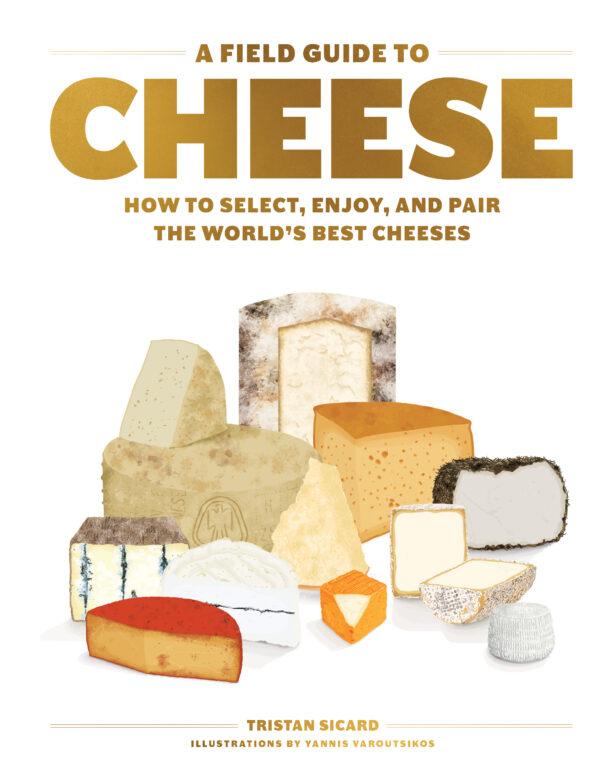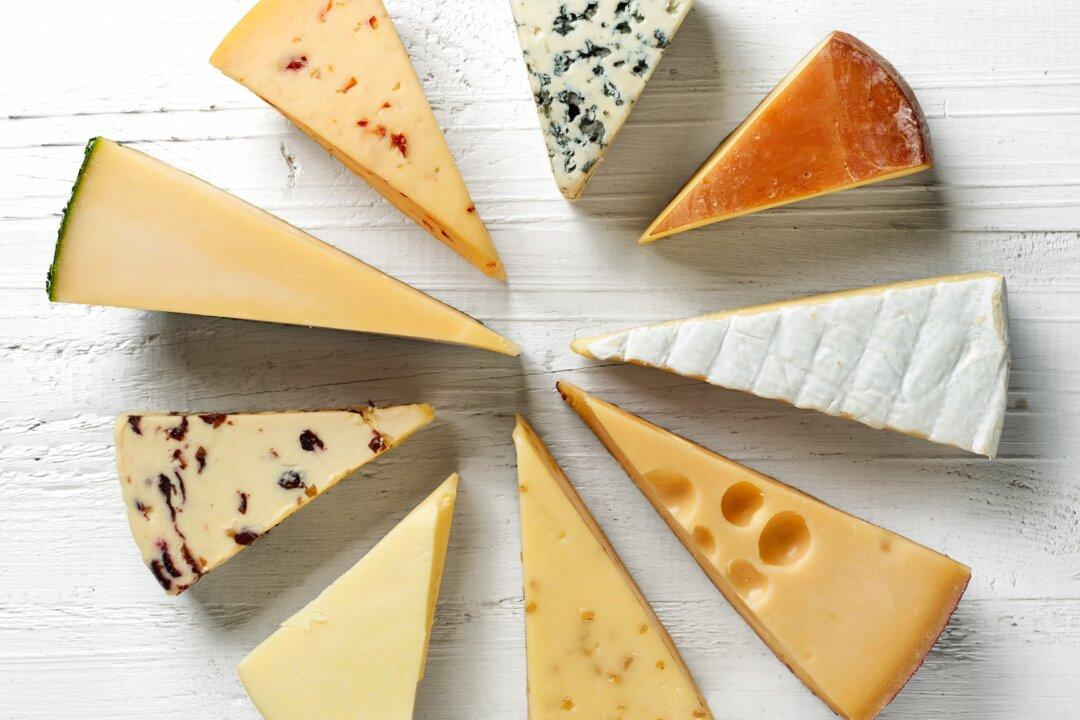Just the title alone: “A Field Guide to Cheese.” I love it! This new book brings a wealth of information for cheese lovers and the cheese curious. The volume fits nicely up on the bookshelf next to my field guides for birds, trees, and other wonders of nature, and likewise offers compelling inspiration to go out and find them all.

"A Field Guide to Cheese: How to Select, Enjoy, and Pair the World's Best Cheeses" by Tristan Sicard (Artisan Books, $27.95).





